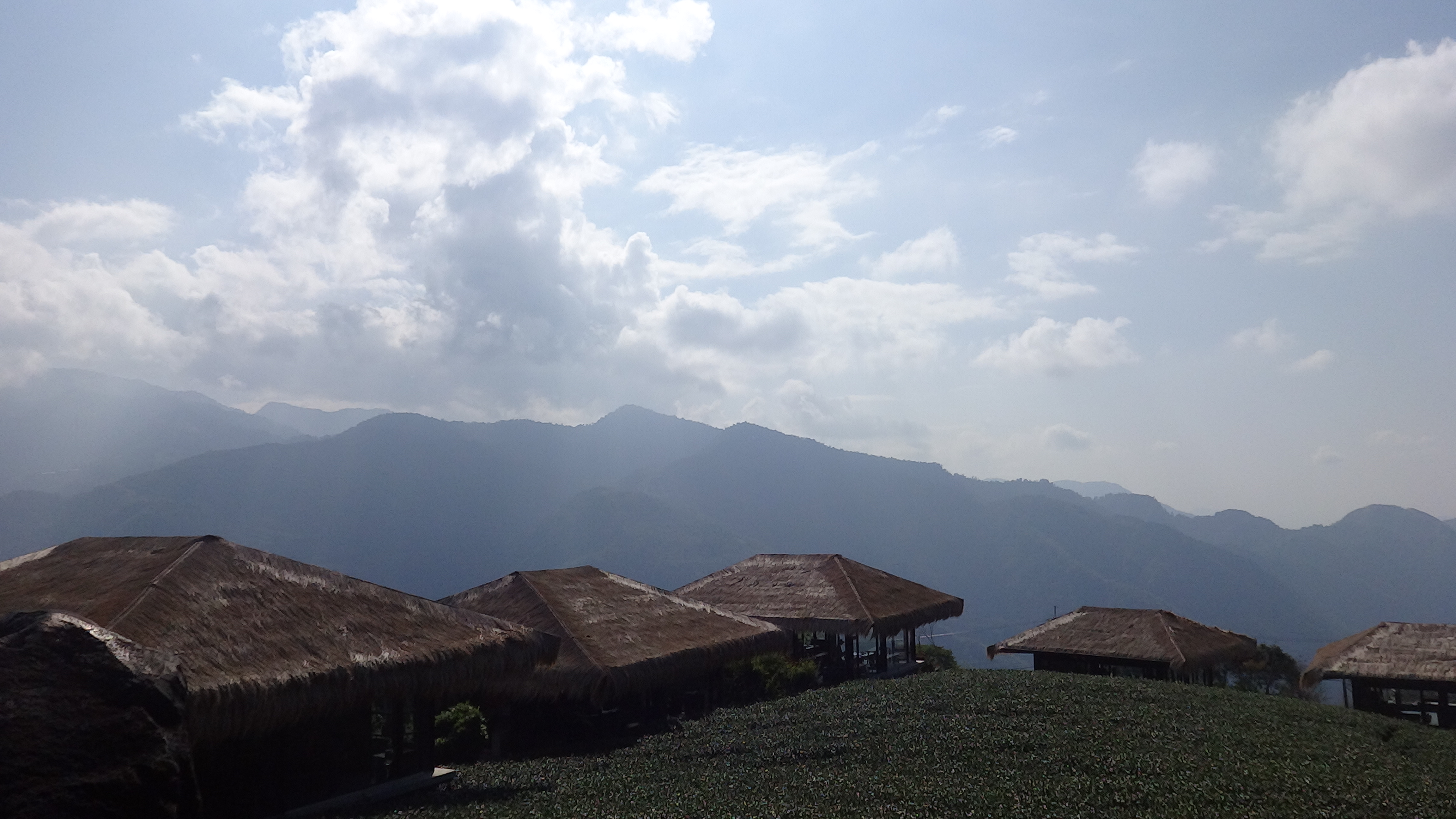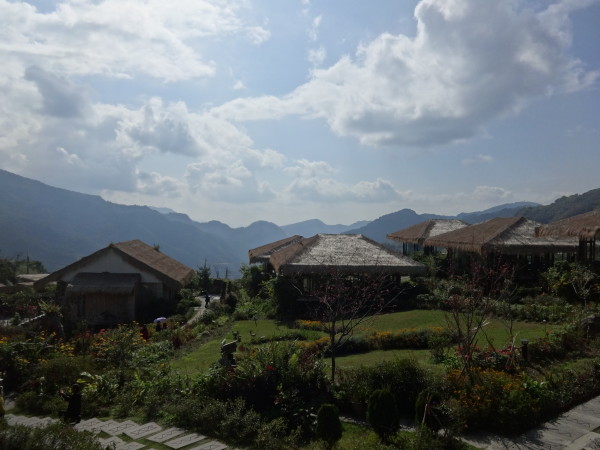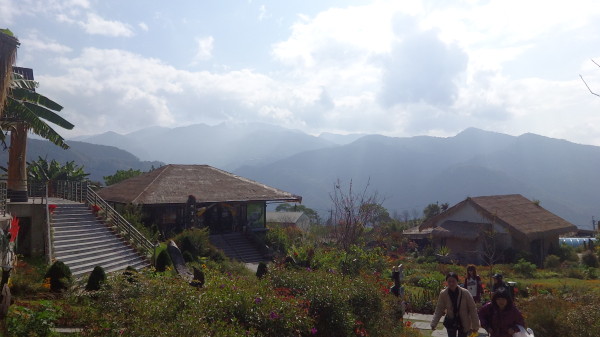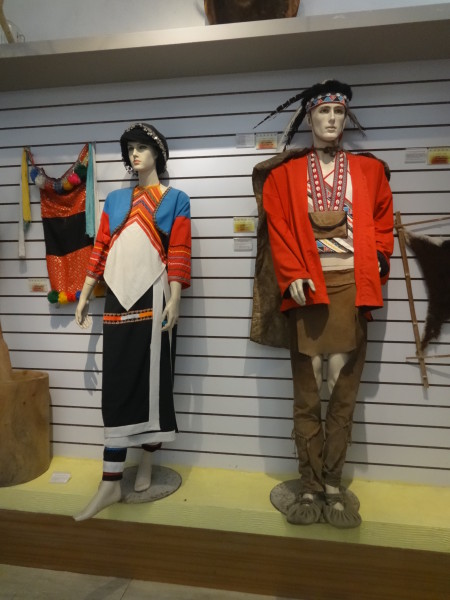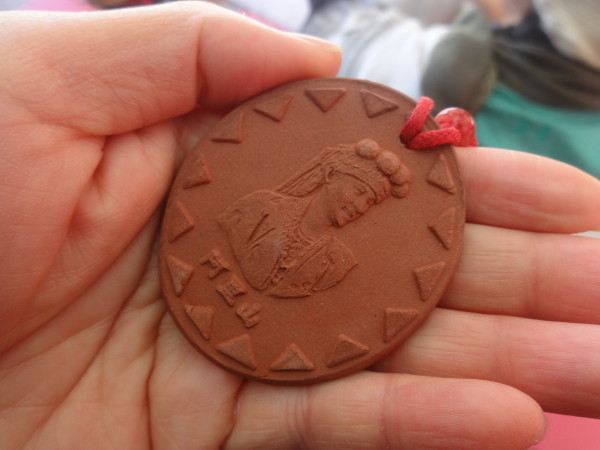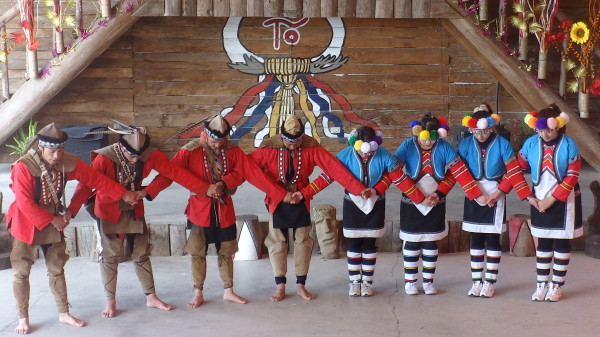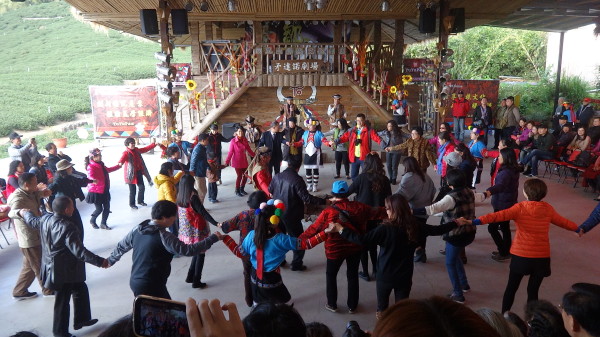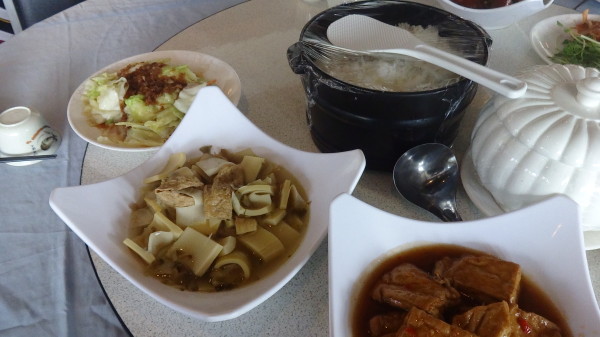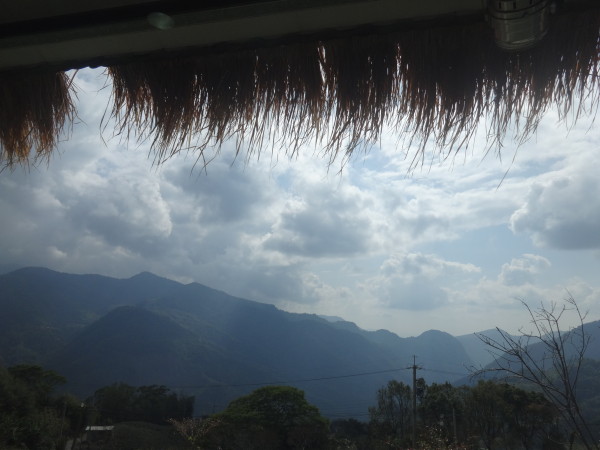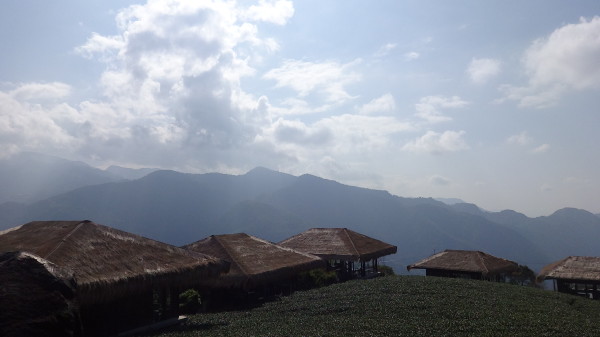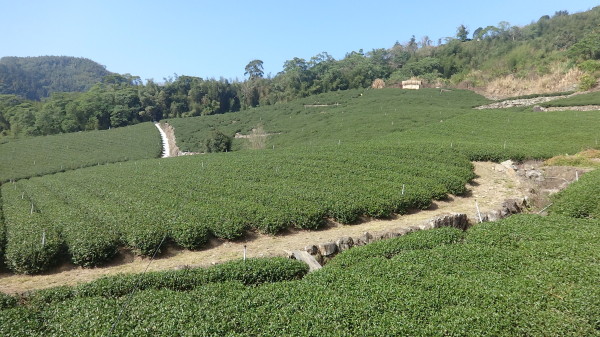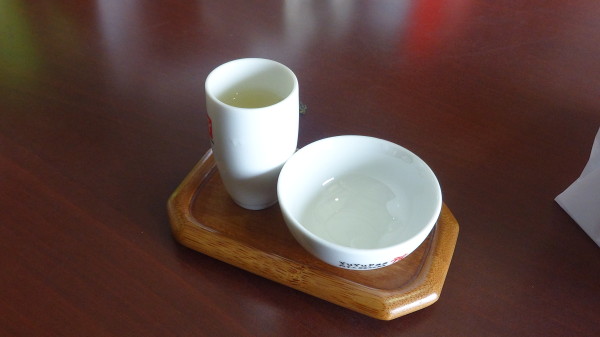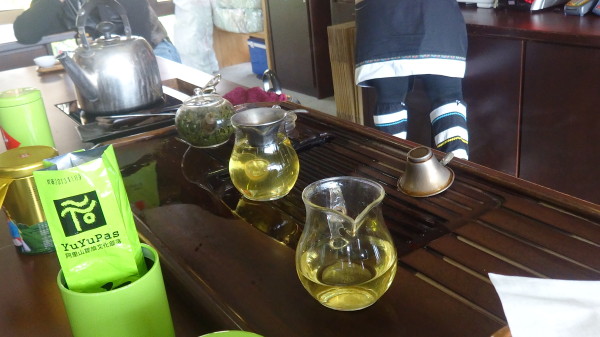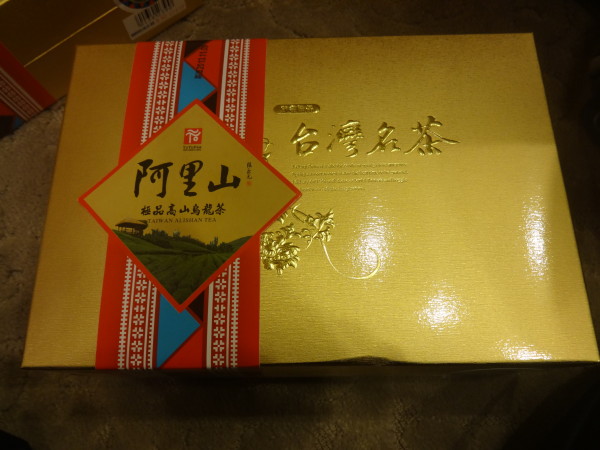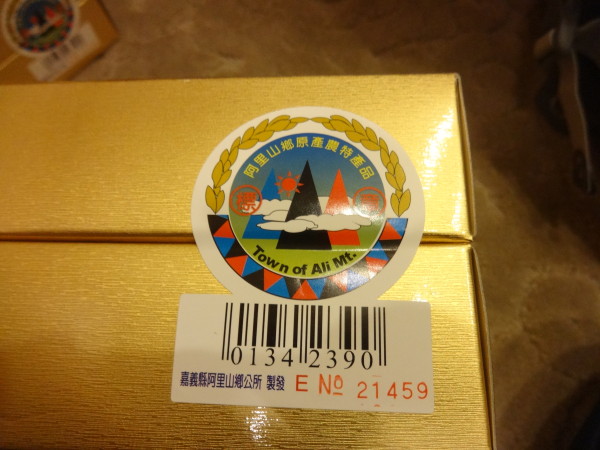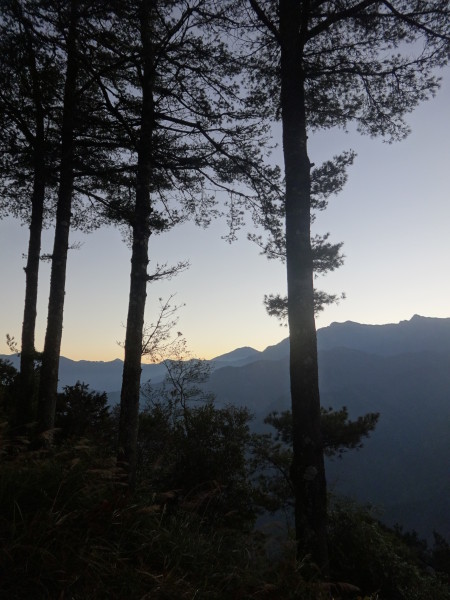In Hawaii, they’ve got that Polynesian Cultural Center, which on the one hand is a way to educate people about some of the culture and history of the various polynesian people, but at the same time, it reeks of colonialism. There’s just something about putting a people’s way of life into a living museum that’s just too much like a zoo. I mean, can you imagine coming to Los Angeles and visiting a Los Angeles Cultural Center where you can eat the actual food that Angelinos eat, see what real Angelinos wear on display, and watch re-enactments of the cultural myths and legends us Angelinos tell? Imagine a luau-like meal with In N’ Out burgers served while “native” people dressed as hipsters re-enact the latest Avengers movie on stage. Ridiculous right? I’d feel really insulted by a stereotype-generating machine like that.
Nevertheless, in the post-colonial economy and environment, it provides jobs for the the local community, and it can even support new artistic works that modernize old customs into new forms to be passed on to a new generation. For example, the last time I went to the Polynesian Cultural Center, I watched the production “Ha: Breath of Life” which is supposedly based on a common story shared across many of the Polynesian cultures. The show was really stunning and well put together and provided not only jobs but a forum for new and meaningful cultural expression.
Cultural centers are quite the mixed bag, so when we arrived at the Alishan Zhou Cultural Center, I tried hard not to roll my eyes at the amusement park feel of the place, but at the same time, I did learn about Zhou culture and history at their museum and, by visiting and purchasing goods at the place, I was supporting the actual Zhou people descendants who were employed at this Cultural Center. So the whole thing wasn’t half bad.
It also helped that the Cultural Center itself was beautiful and had a gorgeous view.
The first thing we did when we arrived was get a guided tour through the museum of the Zhou culture, history, and lifestyle. Along with the tour came a little keepsake souvenir.
Next, we were led up to a stage area where a cultural performance was held. Of course, they performed the most famous Alishan song, one about Alishan’s young women being as beautiful as water and their young men being as strong as mountains. Even an American raised kid like me knows the song.
Alishan was originally inhabited by indigenous tribes of Taiwan, primarily the Zhou or Tsou tribe, but when Han Chinese immigrated to Taiwan, their conflict with the indigenous peoples pushed many indigenous groups deeper into the mountains. When the Dutch came to the island, some of them fled conflict by also going deep in the mountains, and supposedly they met with the Zhou and lived among them. So the argument is, the Zhou women are beautiful and the Zhou men are strong because they’re all hapas. Well, beauty is in the eye of the beholder of course, but if that story is true, they’d all be at least genetically healthier.
There was even some audience participation that was reminiscent of a Japanese Obon bon odori dance. One thing we noticed throughout Taiwan and at this center was that there were tons of tourists from mainland China. They sure got into the audience participation part.
The most interesting part of the performance was when Enigma’s hit single Return to Innocence suddenly blared over the speaker system, and the performers started to dance to it. At first, I thought that it was some strange attempt to integrate a pop culture song into the performance to make it more accessible. But I thought, “Why this song?” I remember it playing everywhere on the airwaves (pre-internet age) back in the mid-90s during my high school years. It’s an old pop song. Wouldn’t it make sense for them to use a more recent pop song? Then I read up on it and found out that the chanting-singing part of the song, which everyone, including me, thought was Native American was actually from Zhou musicians. They sued Enigma and the music companies and got a settlement as well as credit for the song. Good for them.
After the performance, we ate at their on site restaurant, and our meal included some of their traditional foods, even though it all seemed like just Taiwanese food to me. Well, technically it is, since the Zhou are more indigenous Taiwanese than me or any of my ancestors, being descendants of Han Chinese.
The people who performed earlier were also the ones serving us and waiting on our tables. Then I realized our initial guide through the museum had also been in the performance and was also there in the restaurant serving people. He was also on the big cultural center poster sign outside. I bought mochi from him before we left the center too. Guess they have to wear multiple hats to keep the costs of running the place down?
Finally, being a tea enthusiast, I was eager to move on to my favorite part of the whole Cultural Center experience–the famous Alishan high mountain tea. Aside from zen-like tea fields, there were also quaint tea houses lined up. At least this time I don’t have to lament the tragedy of not having good tea to go along with the amazing vistas.
Inside one of tea houses, we were served complimentary tea, trying out some of the different gourmet teas they had to offer. Containers and gift packages of the teas were available for purchase.
It did all feel like a tourist trap sort of thing, and I wondered how good the tea actually was, but it tasted pretty legit, and Alishan tea is one of those “brand name” teas in Taiwan and abroad. In fact, they explained to us that there are a lot of knock off teas that sell as Alishan tea but aren’t really from Alishan. Supposedly, you should look for this label to see if it’s legit or not.
Next up, the legendary Alishan Sunrise.
